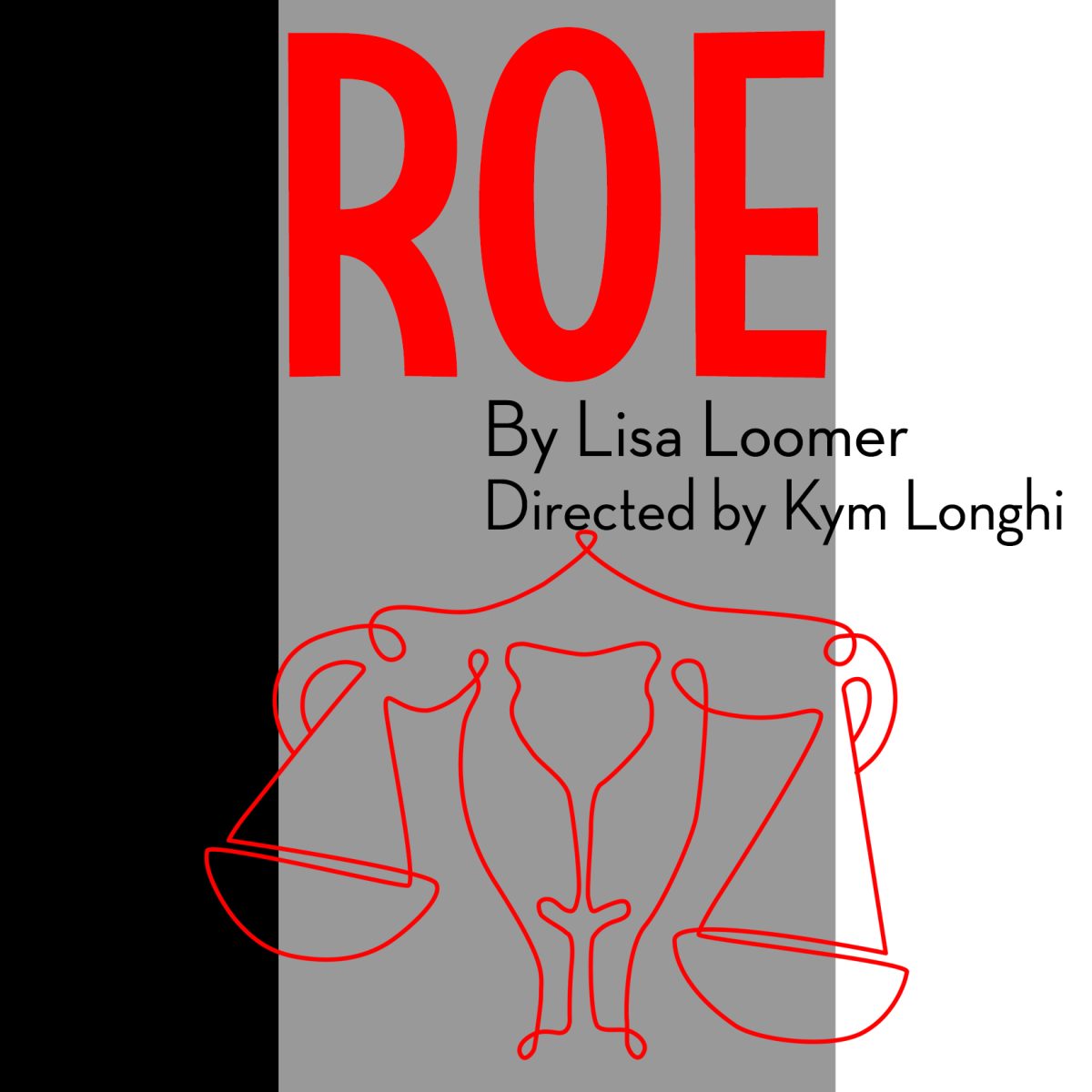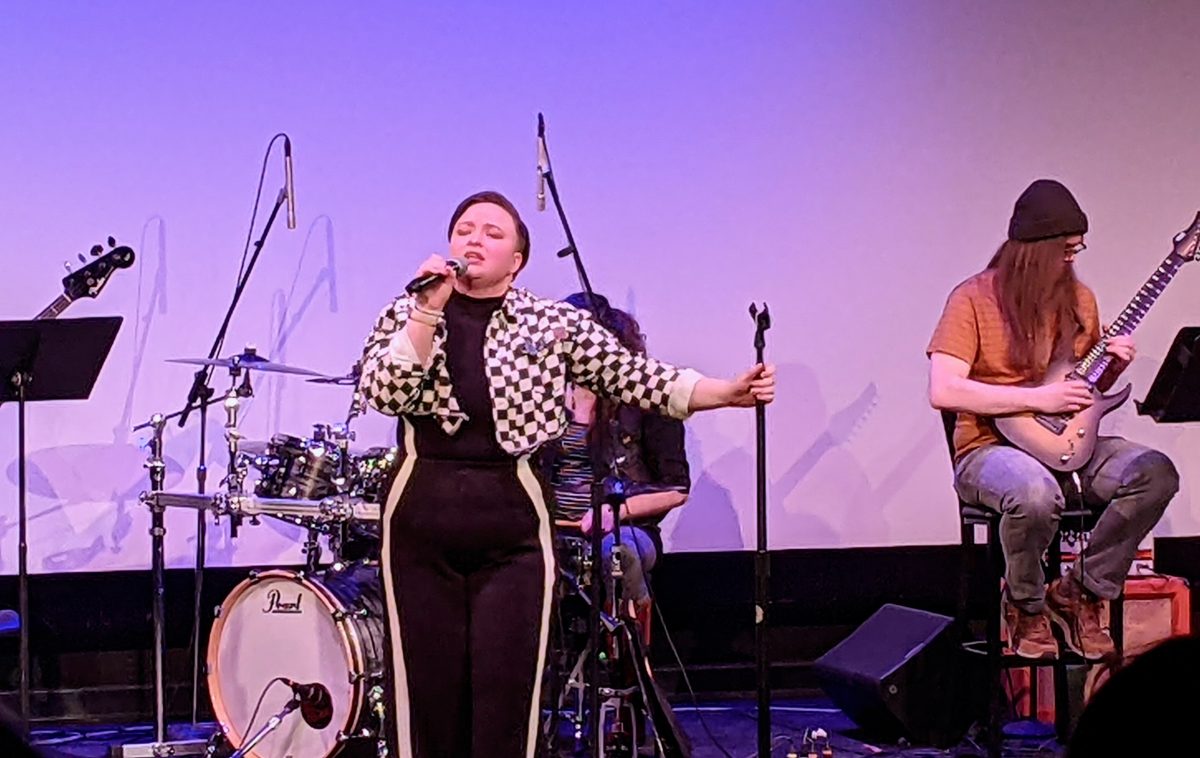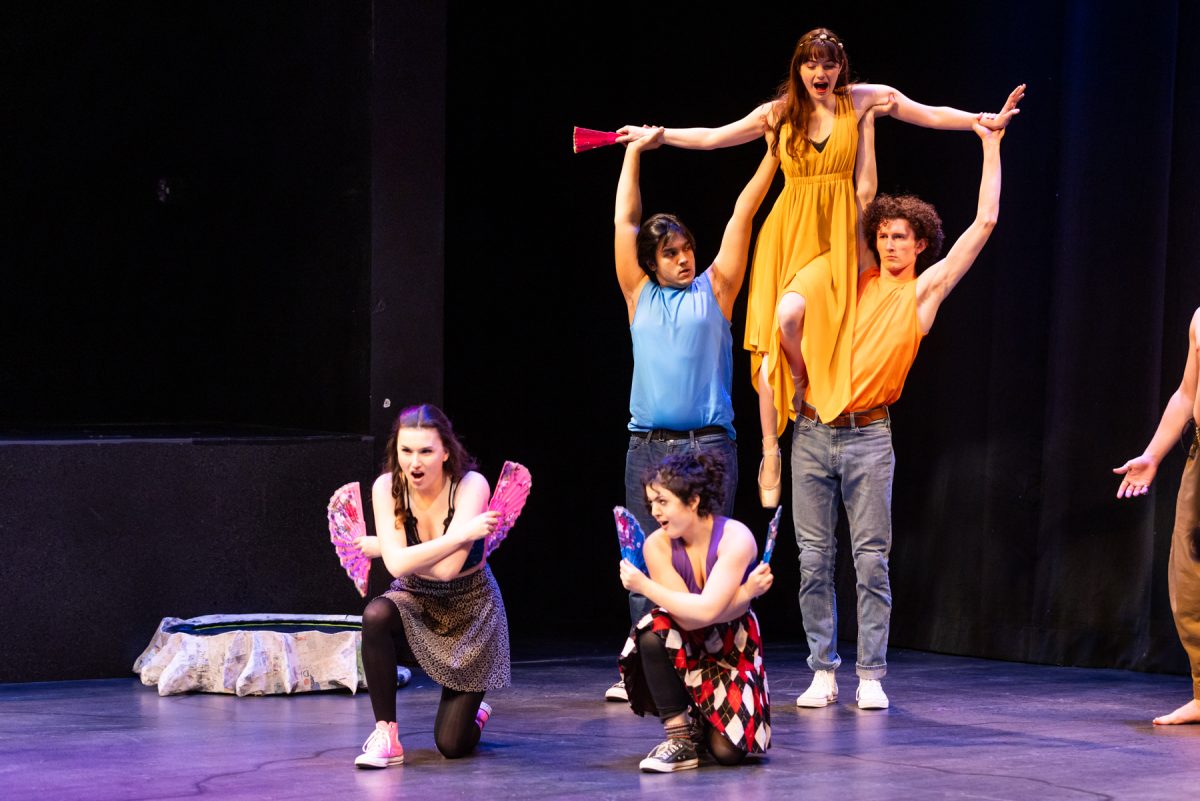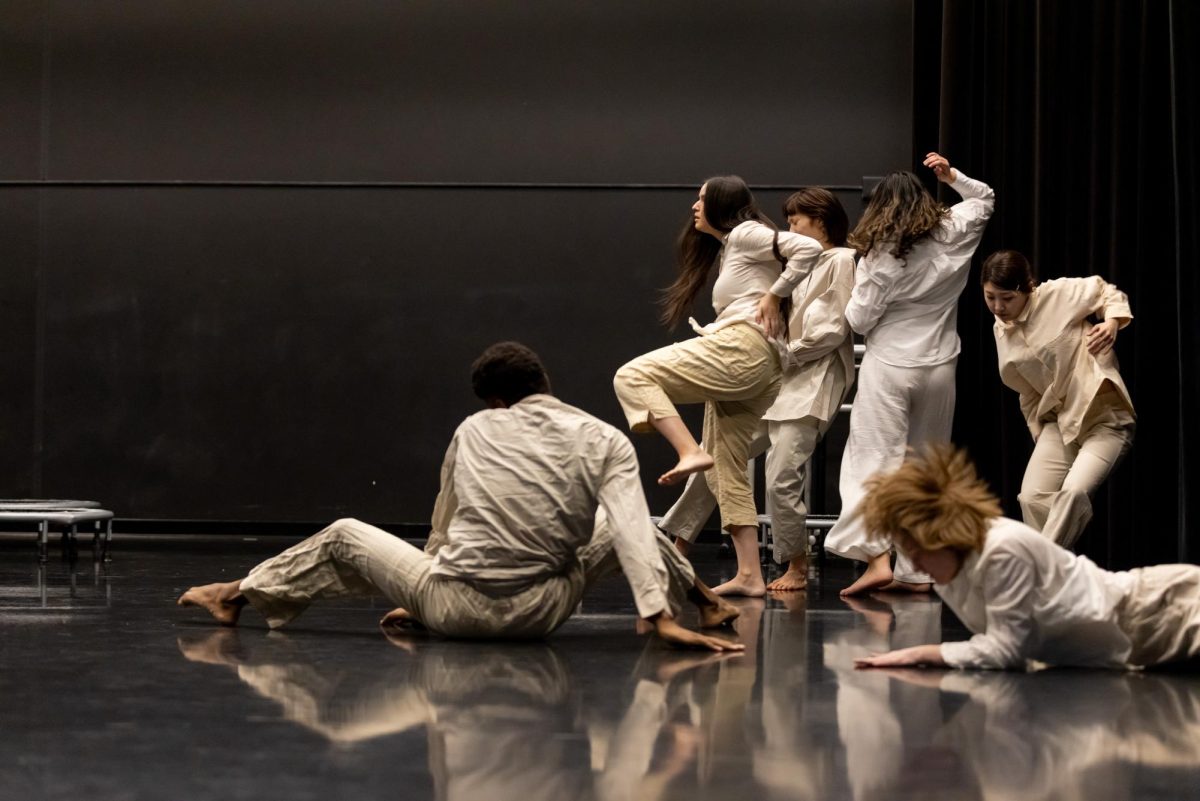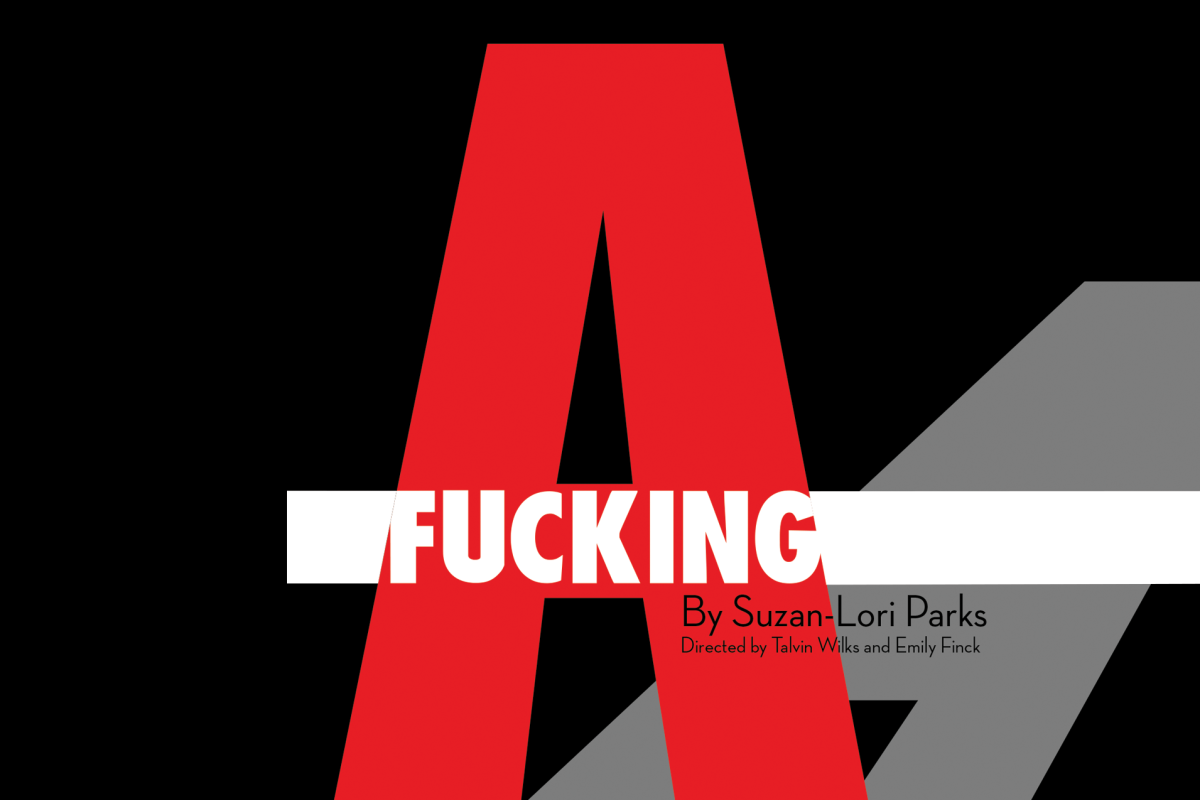To dance is human.
The ancient human ritual celebrates the synthesis of the body and the soul. Civilizations have embraced stylized movement for centuries as a vital life force, a spiritual experience, an offering to the universe.
The earliest anthropological evidence of human dance was discovered in the 4,000-year-old ruins of Mohenjodaro, India. The bronze artifact of a woman dancing indicated that the woman was engaged in a Bharatanatyam dance.
Bharatanatyam is a south Indian temple dance known for its highly devotional, stylized, polycentric technique. The dance fuses two fundamental components: Nritta – abstract, challenging rhythmic patterns, and Nritya – the language of gesture used to articulate various themes found in Hindu mythology.
Ragamala Music and Dance Theater’s founder, Ranee Ramaswamy performs as well as teaches Bharatanatyam in the Twin Cities. She is a pioneer in preserving and expanding on the ancient dance form and has received international recognition for her work. Along with her daughter and fellow artistic director Aparna Ramaswamy, the two have produced many innovative thematic performances such as “From Temple to Theater” and “Samarpanam (Offering).”
In its essence, Bharatanatyam “is a complete art form,” Ramaswamy said. “It is theater. It is dance. It has rhythm. It has storytelling.”
Ragamala’s productions all revolve around the mysticism, fluidity and versatility of Bharatanatyam, whether expressed through the telling of an epic Indian poem or through an unlikely pairing of the dance form with another, cross-cultural expression, such as the jazz music of Billie Holiday.
This weekend, The College of St. Catherine hosts one of Ragamala’s most fascinating productions. In “Sethu (Bridge),” Ragamala once again has proved its ability to bring two cultural traditions together to create a stunning performance. “Sethu” is visceral, collaborative and experimental.
“In collaborations, you have to be able to stretch the boundaries of your dance,” Ramaswamy said.
“Sethu” uses the Kecak, or the Ramayana Monkey Chant, to provide an interactive backdrop for Ramaswamy’s choreography. Together with the performances of Javanese composer Joko Sutrisno and Carnatic (south Indian classical) vocalist Nirmala Rajasekar, the synergistic spectacle is a dynamic rendition of an ancient Indian epic Ramayana.
The Kecak chorus is led by I Dewa Putu Berata, who has been teaching classic as well as rare forms of Balinese dance for almost 20 years. For the upcoming performance at St. Catherine’s, five Balinese Kecak performers will be joined by volunteer Kecak chanters from the community. Amanda Dlouhy, a University senior majoring in history, is one of the participating Bharatanatyam dancers.
Kecak is a powerful trance performance in which performers call out percussionlike “cak” chants while swaying and flailing their arms in unison. It is highly complex and extensively choreographed.
“Sethu” has achieved great success in previous performances and has performed in the Minneapolis Sculpture Garden as well as the Bali International Arts Festival.
Not only is “Sethu” reflective of creative possibilities available through multicultural collaborative art, but it also represents something more profound – it transcends the divisiveness that often plays out on contemporary global stages.
The dance is powerful because it extracts universal human themes and essences.
“It is the feeling of spirituality,” Ramaswamy said. “The art form elevates.”











